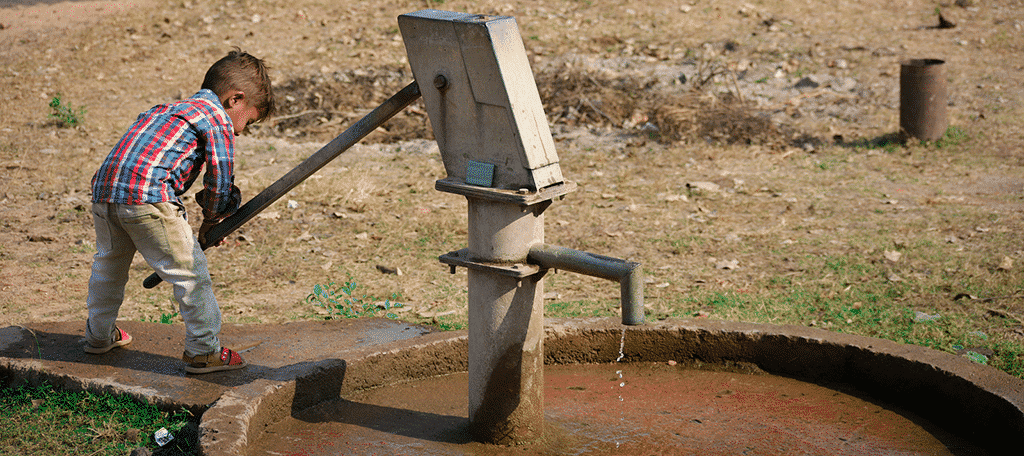The tallest mountain in the world, Mount Everest, is seeing new plant growth in the region. However, new plant life is not necessarily a good thing for the people that depend on the water from Mount Everest.
To be specific, the new types of plants that are being found in the region are simple ones. They include grasses, moss, and shrubbery, but their effect may not be small on the snow.
To many people around the world, Mount Everest is the tallest mountain, but to others, it is the tallest water tower on Earth.
1.5 Billion People Rely On Water From Mount Everest

It may be hard to believe that a mountain supplies 1.5 billion people with water, but it’s true. However, to be more specific, it is the snow and ice that melts on the mountain that provides the water.
During the winter months, snow and ice accumulate on Mount Everest, which is then shed during the warmer months of the year. This produces huge quantities of freshwater which makes its way to the rivers of the Himalayas.
The water is then delivered to the people. Without this water, there simply would not be enough for the people that rely on it.
What Is the Impact of More Vegetation?
The vegetation now growing on the mountain could threaten how much water the mountain produces. It is possible for the plants to make the snow melt quicker than normal, which would change the entire water cycle.
However, it is also entirely possible for the plants to make the snow melt slower. Again, this would change the water cycle. Combine this with climate change, and residents would have a serious problem.
Scientists are unsure of the exact effect that this will mean, which is why they are urging research to be conducted. And considering that 1.5 billion people rely on this water, it needs to happen fast.


